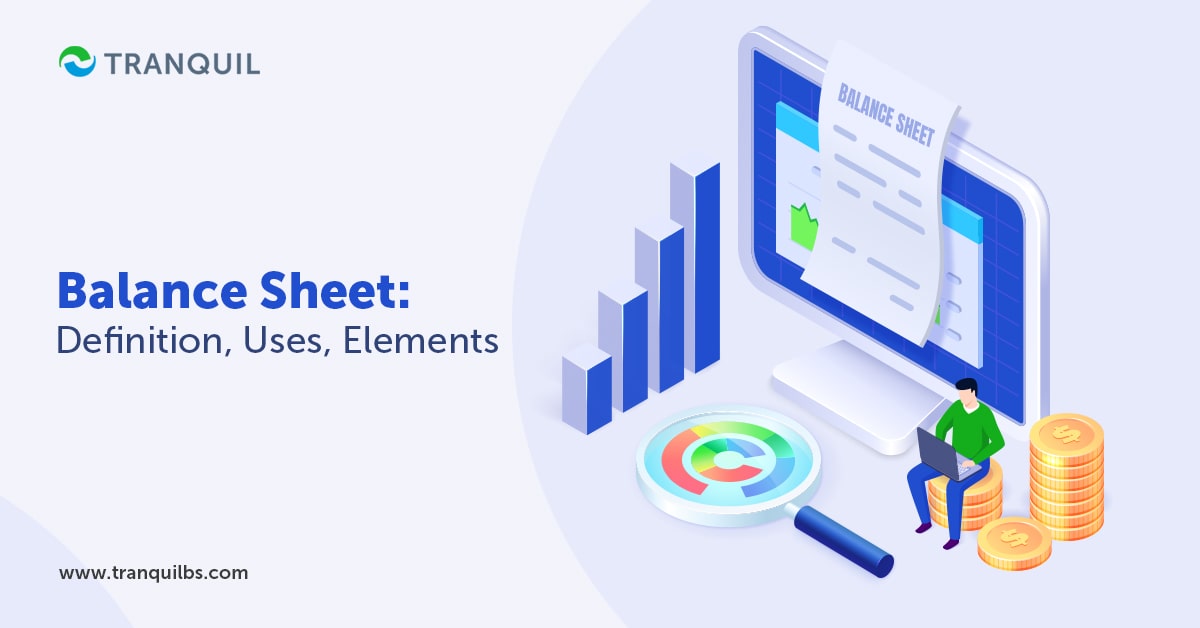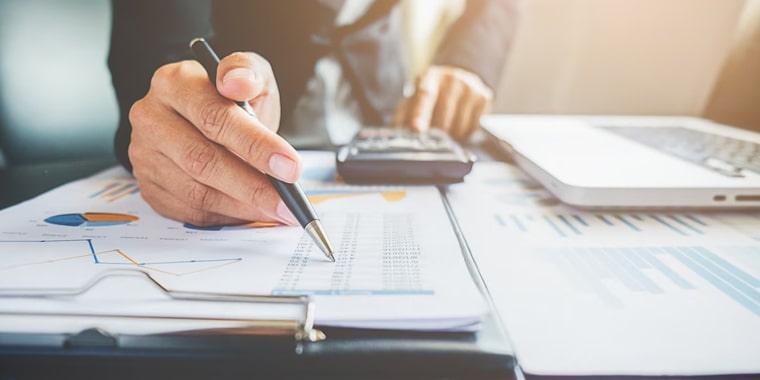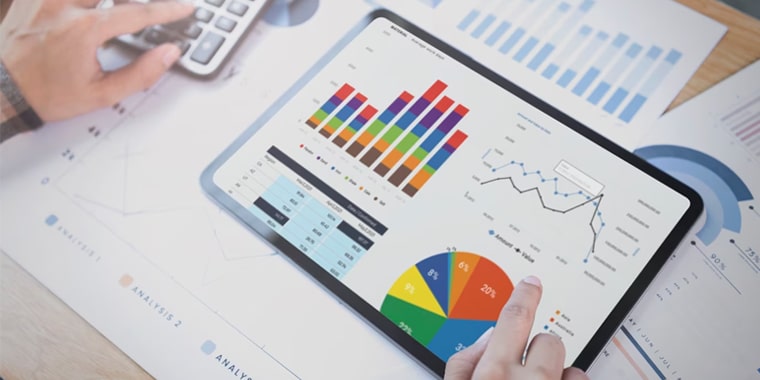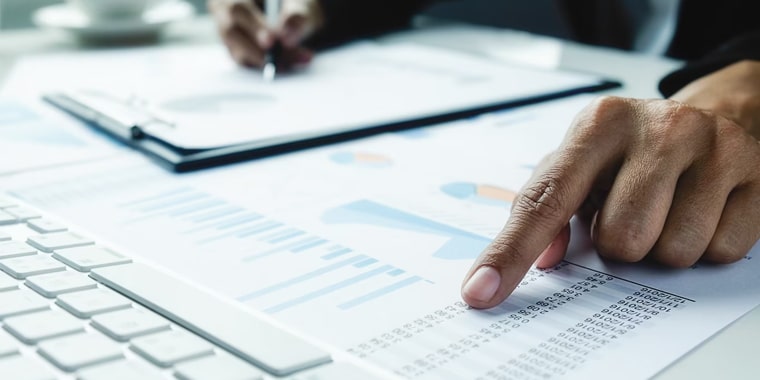
Every business has to know clearly, what its financial standing is, at the end of the financial year.
For this, several books of accounts are maintained, and at the year-end, financial documents like trial balance, profit, and loss statement, and the balance sheet are prepared.
A balance sheet is a financial document that describes the assets and liabilities a firm has, including its monetary value; the balance sheet of a publicly traded company also contains details of shareholder equity as on a given date.
A financial balance sheet enables a company to work out the dividend to be paid to shareholders and to assess the capital structure of the organization.
To put it another way, your balance sheet is a concise record of what your company owes and owns, along with shareholder investments.
ALSO READ: Benefits of ERP in Accounting and Financial Management
The balance sheet is a critical statement that allows regulators, analysts, investors and managers to know the financial health of a business by offering a bird’s eye-view of the company’s assets and liabilities.
It tells the reader if the company has a positive net worth and if there is adequate liquidity to fulfil its dues, or if the company is heavily in debt.
You can analyze your financial fundamentals and compute financial ratios when you combine your balance sheet and other financial statements like income and cash flow statements to get a clear picture of your company’s financial standing.
While the balance sheet offers a summary of the state of the finances as on a given date, it doesn’t indicate the trends over a period of time.
To know that, you must compare the current balance sheet with previous ones.
Several ratios can be calculated from a balance sheet, like the debt-equity ratio – and this helps investors to understand your company’s financial standing.
Cash flow statement, income statements, and so on also provide the much-needed context, along with notes in earning reports, etc. that mention the balance sheet.
ALSO READ: Accounting Problems and Solutions

A financial accounting balance sheet uses the following equation:
Shareholder Equity + Liabilities = Assets.
You can see that assets are on one side, and liabilities and equity on the other, and both balance each other.
It’s a logical and intuitive formula; a company must pay for its assets, or what it owns, by borrowing money(liabilities) or accepting investments from shareholders.
For example: Company B takes a loan of SAR 20,000 from Bank X.
In the books of Company B, its cash account increases by SAR 20,000.
But it has to pay back the loan, so its liabilities also increase by the same amount.
This is how the equation is balanced.
ALSO READ: What is a Ledger in Accounting?
When the company earns revenues exceeding its expenses, that amount goes into shareholder equity account, and also appears on the asset side as cash, inventory, investments, and so on.
It’s a good idea to compare your balance sheet with your competitors’ and look at how they have approached financing.
The total assets of a company are the total of all assets – short and long-term, and other assets.
Likewise, total liabilities equal all short and long-term and other liabilities.
Total equity is the total of net income, owner asset contributions, retained earnings, and share of the issued stock.
The assets in a balance sheet must always match the equity and liabilities – i.e., it must always balance.
When it doesn’t balance, it’s an indication of wrong data, miscalculations, or errors in inventory, etc.
ALSO READ: What is Asset Depreciation and Why is it Important?

Every category in the balance sheet comprises numerous smaller accounts, which can be broken down to get minute details regarding the company’s finances.
The accounts differ depending on industry, with terms having varying meanings according to the nature of individual businesses.
Yet, there are certain commonalities:
Usually, these are listed in the descending order of liquidity and split into those assets that are convertible to cash under one year those not easily convertible to cash.
ALSO READ: How Does Landed Cost Affect the Cost of Inventory?
ALSO READ: Detailed Guide on ERP in Production Planning
Anything owed to external parties, from vendor bills to salaries, utility bills, interest on creditor bonds, etc., are liabilities.
The same rule as for assets applies to classify liabilities as current or long-term.
ALSO READ: Debit Notes vs Credit Notes
This is the money that can be assigned to a business owners or the shareholders, and is equal to the assets of a business minus liabilities; or, the debt owed to non-shareholders.
The net earnings are reinvested in the business or used to repay debts, with remaining amount distributed as dividends.
ALSO READ: What Do You Mean by Bank Reconciliation?
Repurchased stock used to repel hostile takeovers through a sale for cash.
Supplementary paid-in capital denotes the amount invested by shareholders in excess of common or preferred stock accounts (based on par value and not market price).
There’s no direct connection between shareholder equity and the market capitalization of a company.
Paid-in capital is the total of equity purchased at a random price, ad market capitalization depends on current stock values.

A balance sheet offers numerous benefits to a business regardless to its size or the industry.
ALSO READ: How to Choose an ERP Software to Enhance your Purchase Management?
As this document mentions all that a company owes and owns, the owner can determine if it is liquid enough, its debts are too high, and if there’s enough cash in hand to fulfil current liabilities.
Lending institutions and private investors will check the balance sheet to determine the company’s financial health and creditworthiness, and how capable it is of repaying short-term debts.
If they are satisfied with what they say, the business can secure capital.
Managers can compute financial ratios to check how solvent, liquid, and profitable a company is, and what its turnover is.
The ratios are calculated by looking at the balance sheet.
When studied over a period of time or compared with competitors, managers can understand how they improve the financial health of the company.
ALSO READ: A Comparison of Sales Orders and Purchase Orders
A healthy balance sheet conveys to prospective employees that their jobs are secure.
They can see how many assets the company has, the cash on hand, and if the company debt is appropriately managed.
Employees would like to continue in companies whose financial health is good.
We’ve already seen what a company’s balance sheet reveals about it – the financial health and status as on a specific date.
But how is this document used by the business?
It is used to shape several internal decisions, to measure the potential risk the business has, to study how it can raise additional capital – equity or debt?
Basically, a balance sheet can help owners and managers to take decisions that improve the financial health of the company.
ALSO READ: Route and Van Sales – Challenges and Opportunities

As with everything else, balance sheets also have their drawbacks.
For example, being a static document, it doesn’t always display the full picture, and stakeholders may need to combine data in income and cash flow statements to arrive at it.
The balance sheet conveys the financial position of a business as at a specific time; just viewing a single balance sheet may not be enough to understand how well the business is doing.
A business may say that it has SAR 50,000 cash on hand at the month-end, but not having anything to compare with, not knowing the previous cash balance, context or operational demands, this information is not very valuable.
ALSO READ: What is Negative Inventory and How Can you Prevent it?
Businesses have their own ways of dealing with several elements like inventory, depreciation, etc.
This means that the numbers that show on their balance sheets are likely to vary, and it leaves scope for fraudulent figures.
The footnotes can help recognize the system used and check for possible foul play.
Guesswork is often resorted to as professional judgement is required in specific matters.
In accounts receivables, adjustments have to be made for potential bad debts.
It’s not possible to know which ones the business won’t receive – so guesswork comes into play.
ALSO READ: What is a Bill of Materials (BOM)?
In small businesses, the accountant or even owner may prepare it, while in mid-size firms, it may be prepared by the accounts team and audited by an external accountant.
Large corporations are mandated to get their accounts audited by public accountants and have to comply with the regulations in their country with regard to accounts.
Whether small, medium, or large, every business can benefit from automation of accounts and preparation of its financial statement like the profit and loss statement and balance sheet.
Tranquil ERP has a robust Financial Management module that helps you do all this, and a lot more. Interested in knowing more? Schedule a FREE demo with our experts!